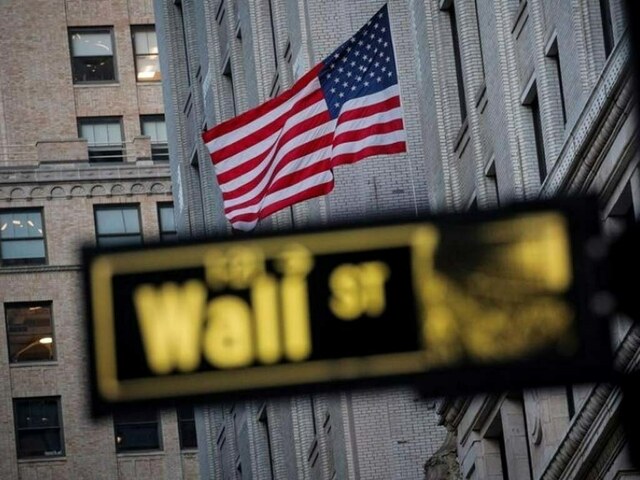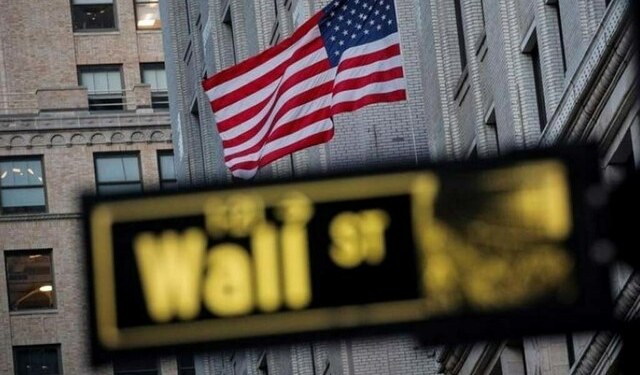NEW YORK: Wall Street’s main indexes slipped in volatile trading on Wednesday ahead of the Federal Reserve’s highly anticipated first interest rate cut in more than four years, with jitters over the magnitude of the reduction dominating mood.
Borrowing costs have stayed at their highest levels in over two decades since July 2023, when the central bank last hiked interest rates by 25 basis points to between 5.25% and 5.50% to combat inflation. But the focus recently has moved to a moderating labor market.
At 12:04 p.m., the Dow Jones Industrial Average fell 101.36 points, or 0.24%, to 41,504.82, the S&P 500 lost 15.32 points, or 0.27%, to 5,619.26 and the Nasdaq Composite lost 68.11 points, or 0.39%, to 17,559.95.
Eight of the 11 S&P 500 sectors slipped, although healthcare edged up 0.1%.
The Russell 2000 index, tracking small caps, also dipped 0.2%, while the CBOE Volatility index hit a one-week high and was last up 1.53 points at 19.14.
Still, the benchmark S&P 500 and the blue-chip Dow are trading just shy of their respective record highs ahead of the Fed decision, expected at 2:00 p.m. ET.
Mixed economic indicators over the previous one month have made investors nervous ahead of the least-predictable Fed decision in years.
However, dovish commentary from present and former Fed officials recently have led traders to price in 53% chances of a bigger 50-basis-point reduction, according to the CME Group’s FedWatch tool.
Still, few analysts caution that an outsized move from the central bank could spook markets as it would be more inconsistent with how the Fed has begun prior easing cycles outside of any brewing crisis.
Bets for a smaller 25-bps cut now stand at 47% compared with 36% a day ago. Comments from Fed Chair Jerome Powell at 2:30 p.m. ET will be on the radar for the central bank’s stance on the economy and prospects of further rate cuts this year.
If the Fed cuts by 50 bps instead of 25 bps, it will skip reducing rates next month, said Erica Groshen, senior economics adviser at Cornell University, adding that if it is the other way round, the central bank will lift its “foot off more rapidly” next month.
“Fortunately, things don’t seem to be in a high degree of flux like they were during the financial crisis or during COVID when rapid movements were necessary to avoid disaster.”
Stock options are pricing a 1.1% swing, in either direction, for the S&P 500 after the Fed’s verdict, according to options analytics service ORATS.
Markets have rallied this year, with all three major indexes setting record highs on prospects of lower interest rates as inflation moderated and the jobs market showed gradual signs of cooling.
Heavyweight growth stocks such as Apple climbed 1.4%, while Alphabet dipped 0.29% and Microsoft lost 1%. Treasury yields across the board inched higher.
Intuitive Machines jumped 56% after clinching a $4.8 billion navigation services contract from NASA.
Declining issues outnumbered advancers by a 1.52-to-1 ratio on the NYSE and by a 1.61-to-1 ratio on the Nasdaq. The S&P 500 posted 18 new 52-week highs and no new lows, while the Nasdaq Composite recorded 55 new highs and 44 new lows.

Source: Brecorder



























